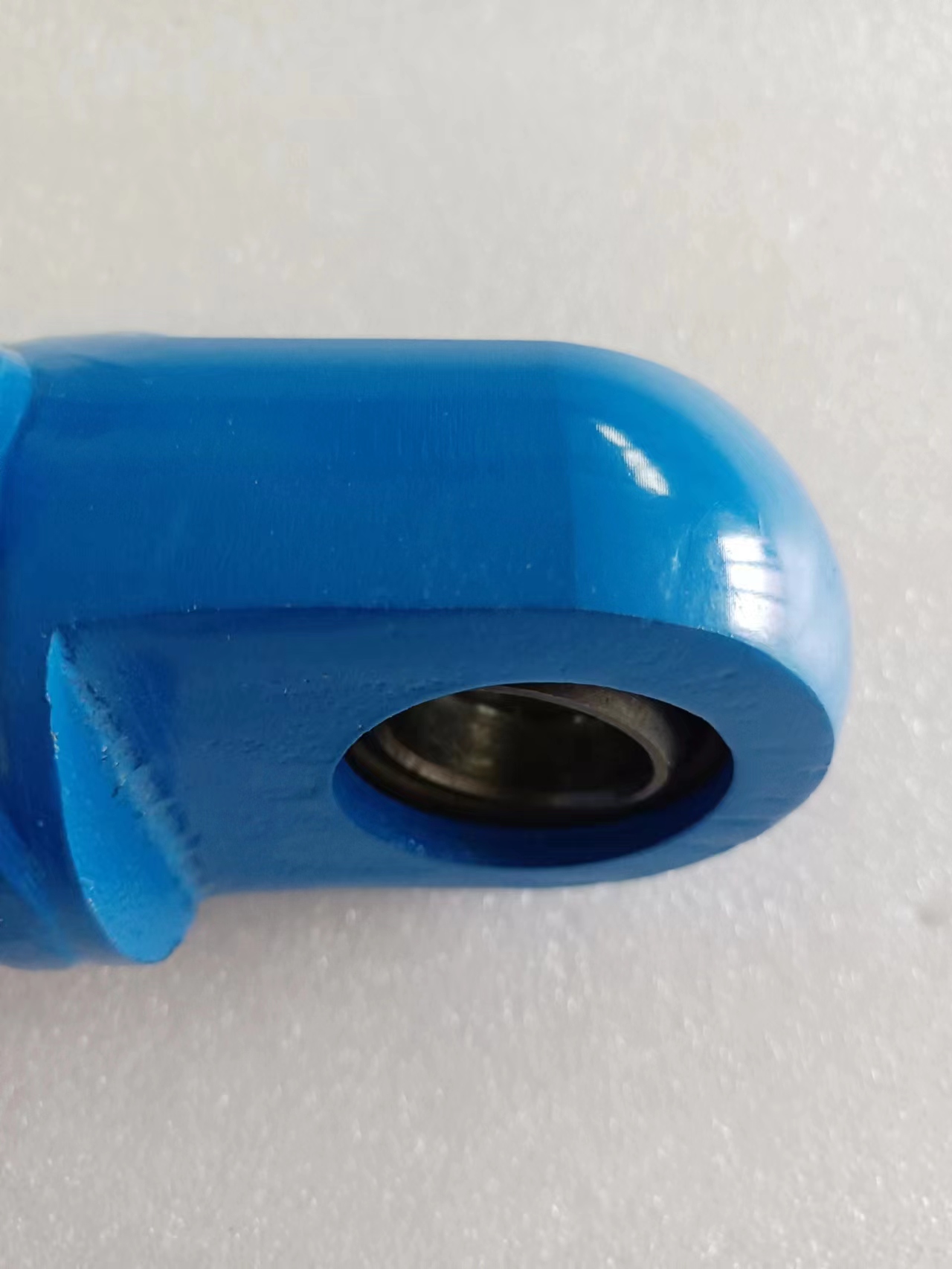ಸೆಪ್ಟೆಂ . 30, 2024 13:44 Back to list
Guide to Rebuilding a Hydraulic Cylinder for Enhanced Performance and Longevity
Rebuilding a Hydraulic Cylinder A Comprehensive Guide
Hydraulic cylinders are essential components in various applications, including construction equipment, manufacturing machinery, and automotive systems. Over time and with consistent use, these cylinders can wear out or become damaged, leading to decreased performance or total failure. Rebuilding a hydraulic cylinder not only extends its life but also saves costs compared to purchasing a new unit. Here’s a detailed guide on how to rebuild a hydraulic cylinder effectively.
Understanding the Hydraulic Cylinder
Before embarking on rebuilding a hydraulic cylinder, it is crucial to understand its structure and components. A typical hydraulic cylinder comprises several key parts the cylinder barrel, piston, piston rod, seals, and end caps. The hydraulic fluid inside the cylinder creates pressure that moves the piston, enabling the machinery to perform heavy lifting and other tasks.
Signs of Wear and Failure
Several indicators suggest that a hydraulic cylinder may need rebuilding
1. Leaking Fluid One of the most common signs of a malfunctioning hydraulic cylinder is fluid leakage, usually around the seals. 2. Reduced Performance If the machinery powered by the hydraulic cylinder operates sluggishly or inconsistently, it may indicate internal wear. 3. Unusual Noises Gurgling, clanking, or grinding noises during operation can signal internal damage. 4. Physical Damage Cracks, dents, or other visible damage to the cylinder can also necessitate a rebuild.
Tools and Materials Required
To effectively rebuild a hydraulic cylinder, you will need the following tools and materials
- Tools Wrenches, pliers, screwdrivers, a hydraulic bench press, and possibly a torque wrench. - Materials Replacement seals, O-rings, hydraulic fluid, cleaning solvent, and possibly a new piston rod or end caps, depending on the extent of the damage.
rebuild a hydraulic cylinder product

Steps to Rebuild a Hydraulic Cylinder
1. Disassembly Begin by removing the hydraulic cylinder from the machinery. This often involves disconnecting hydraulic lines and unbolting the cylinder from its mount. Be sure to safely relieve pressure before disassembly to avoid injury.
2. Cleaning Thoroughly clean all components using a suitable solvent. Remove any dirt, old hydraulic fluid, and debris that may have accumulated. This step is crucial for ensuring a proper rebuild.
3. Inspection Inspect each component of the hydraulic cylinder for wear or damage. Pay particular attention to the seals and O-rings; if they are cracked or hardened, they will not create a proper seal. Check the barrel for scratches or wear that could impede function.
4. Replacement of Seals Replace all worn or damaged seals and O-rings. Ensure they are the correct size and type for your specific cylinder model. Apply a light coat of hydraulic fluid to the new seals to facilitate smooth movement.
5. Reassembly Carefully reassemble the hydraulic cylinder, ensuring that all components are aligned correctly. Use a torque wrench to tighten bolts to the manufacturer’s specifications, ensuring that the assembly is secure but not overtightened.
6. Testing After reassembly, it is crucial to test the hydraulic cylinder before reinstallation. Fill the cylinder with hydraulic fluid and operate it under controlled conditions to ensure it functions correctly without leaks or noise. Monitor the cylinder closely for any issues during the initial operation.
7. Reinstallation Once tested and confirmed to be working, reinstall the hydraulic cylinder back into the machinery. Reconnect hydraulic lines and ensure that all fittings are secure.
Conclusion
Rebuilding a hydraulic cylinder may seem daunting, but with the right tools, materials, and an understanding of the process, it can be a rewarding task that saves money and enhances equipment longevity. Regular maintenance and prompt attention to signs of wear can further improve the reliability of hydraulic systems, ensuring they perform optimally for years to come. Whether you’re a mechanic or a DIY enthusiast, mastering hydraulic cylinder rebuilding can enhance your technical skills and extend the life of your equipment significantly.
-
1.5 Ton Turbocharged Cylinder 80/95-40/60-35-124 | High Performance
NewsAug.22,2025
-
High-Performance Fork Lift Hydraulic Power Units
NewsAug.21,2025
-
High-Quality Set of 50/60-45-290 471 - Precision Parts
NewsAug.19,2025
-
1.5 Ton Lifting Cylinder-Hebei Shenghan|Heavy-Duty Lifting, Precision Engineering
NewsAug.18,2025
-
1.5 Ton Lifting Cylinder-Hebei Shenghan|Precision Hydraulic Solutions&Industrial Lifting
NewsAug.18,2025
-
1.5 Ton Lifting Cylinder 70/82-40-290-535 - Hebei Shenghan Hydraulic Machinery Co., Ltd.
NewsAug.18,2025
